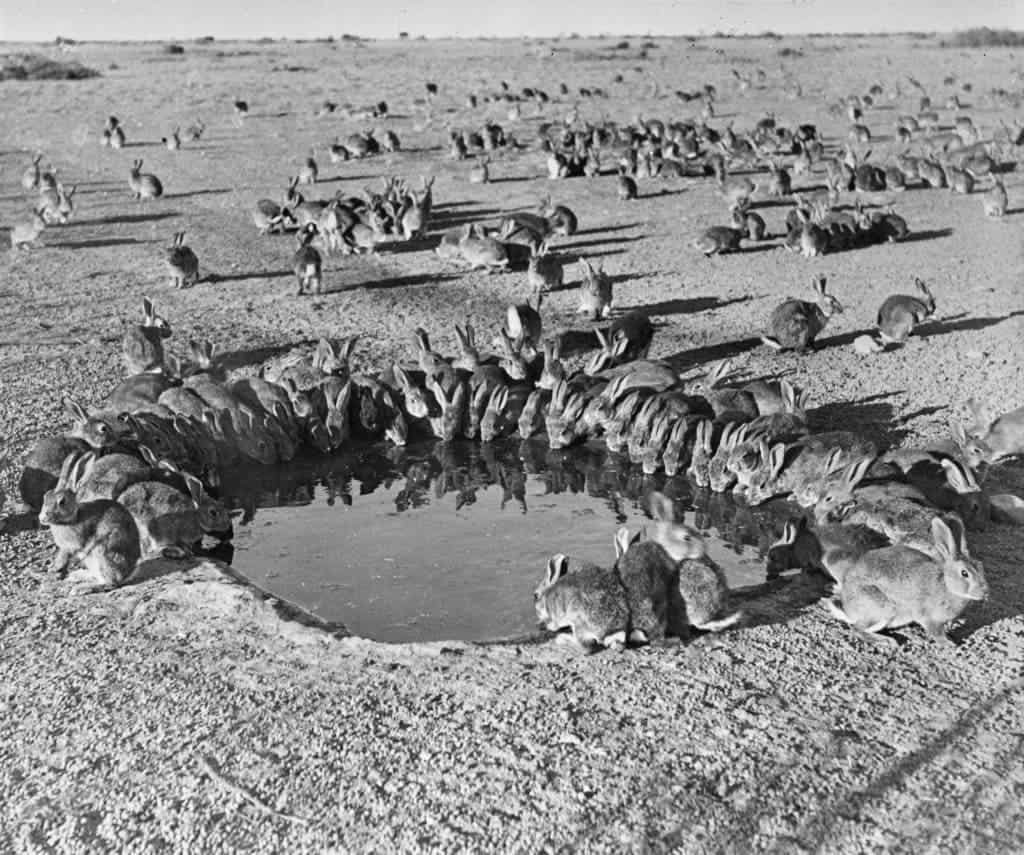Invasive alien species are one of the largest threats to biodiversity. They are spread from their native habitat to an entirely new region that they have never inhabited before. These “aliens” can become predators, competitors, parasites, hybridizers, and spread diseases, wiping out native species. Examples of notorious invaders are the brown tree snakes that ate away almost all of the birds on the island of Guam and Japanese knotweed which can displace all other vegetation when established. The number of non-native species is only increasing, according to a new study.
Researchers from the Senckenberg Biodiversity and Climate Research Centre analyzed 46,000 recordings of alien animal and plant species that span five centuries. It is during this time period that humans have expanded the most into new territory. All of the transportation routes that humans have created for themselves, such as cars, boats, and airplane, also make it much easier for other species to get around. Not to mention the deliberate species introductions that we perform, such as plants for garden and agriculture and animals as pets or food.

Perhaps we think that the problem of invasive species will solve itself, that there is only a limited number of those that can become invasive, and that this number will run out soon. It turns out that many more species have the capacity to move around. One to sixteen percent of species can potentially be moved to a new area by humans. That is a very large pool of potentially invasive species.
There have been several recent initiatives to keep track of and manage alien species. The EU is trying to combat invasive species by coming up with a list of the top 50 more damaging species. A world registry for invasive species has also been set up recently.
“During the period from 2000 until 2005, one in four alien animal or plant species newly registered in a country was recorded as an emerging alien species. As such, these new arrivals among the alien species are not yet included in the EU list,” commented the study’s leader, Dr. Hanno Seebens of the Senckenberg Research Center for Biodiversity and Climate.
It is hard to keep track of which species can become invasive because there are so many new species coming in, and the recorded alien species aren’t the only ones that we need to watch out for. The number of new alien species has been about the same for the past 150 years. That means that there has been a continuous stream of invading species, and it shows no signs of stopping. Therefore, instead of reactionary invasive species policies, we should try to be more proactive.

A solution is to crack down on trade regulations and customs inspections. However, to do so you need to know which species are bad. You can have a list of known invasive species, but it is guaranteed to be incomplete and does not prove that a species will not become a problem in the future. One way forward is to target species with certain traits that make it likely to become a problematic invader. For example, to keep out species that have few natural predators or high rates of reproduction.
In any case, the number of invasive species will only continue to increase and we will need to become more active in preventing their spread.
Journal reference: Seebens, Hanno, Tim M. Blackburn, Ellie E. Dyer, Piero Genovesi, Philip E. Hulme, Jonathan M. Jeschke, Shyama Pagad, Mark VAN Kleunen, Wayne Dawson, Franz Essl, 2018. Global rise in emerging alien species results from increased accessibility of new source pools. In: Proceedings of the National Academy of Sciences of the United States of America (PNAS). ISSN 0027-8424. eISSN 1091-6490. Available under: doi: 10.1073/pnas.1719429115


